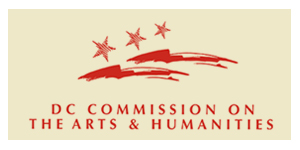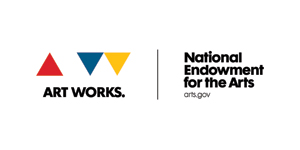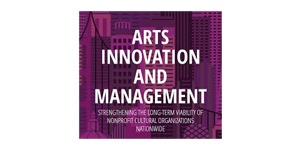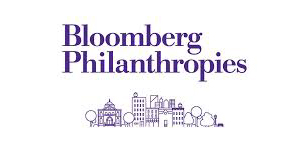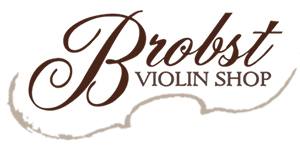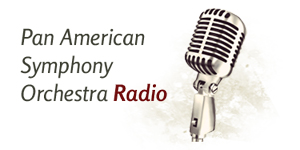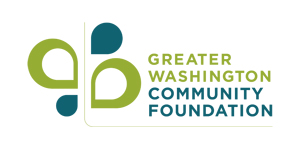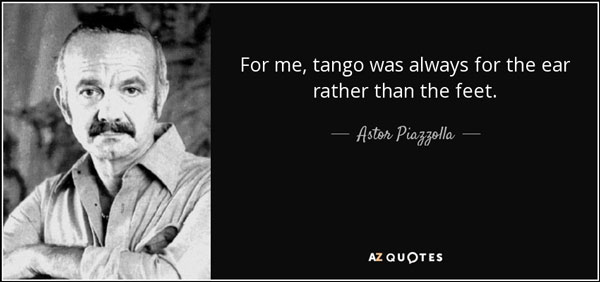 Nuevo tango was created by Astor Piazzolla, a composer and bandoneón player, born in Mar del Plata, Argentina in 1921. When only 3 years old, he moved with his family to New York’s lower East Side. Oddly, it was in New York, where he lived until he was 15 years old, that he developed nostalgia for a country he scarcely remembered. His father bought him a bandoneón when he was eight years old, and he taught himself to play. He was soon swept up in the newest craze in America — the tango of Argentina. He eventually returned to Argentina and played in the popular tango band of Anibal Troilo and in 1946 he formed his own tango orchestra. In 1954, he decided he wanted to compose music, not just play it, so he moved to Paris to study under the expert of 20th century music theory, Nadia Boulanger. She recognized Piazzolla’s talent and urged him to go back to composing tangos. When he returned to Buenos Aires, he put together his famed Quintet – bandoneón, violin, piano, guitar, and double bass.
Nuevo tango was created by Astor Piazzolla, a composer and bandoneón player, born in Mar del Plata, Argentina in 1921. When only 3 years old, he moved with his family to New York’s lower East Side. Oddly, it was in New York, where he lived until he was 15 years old, that he developed nostalgia for a country he scarcely remembered. His father bought him a bandoneón when he was eight years old, and he taught himself to play. He was soon swept up in the newest craze in America — the tango of Argentina. He eventually returned to Argentina and played in the popular tango band of Anibal Troilo and in 1946 he formed his own tango orchestra. In 1954, he decided he wanted to compose music, not just play it, so he moved to Paris to study under the expert of 20th century music theory, Nadia Boulanger. She recognized Piazzolla’s talent and urged him to go back to composing tangos. When he returned to Buenos Aires, he put together his famed Quintet – bandoneón, violin, piano, guitar, and double bass.
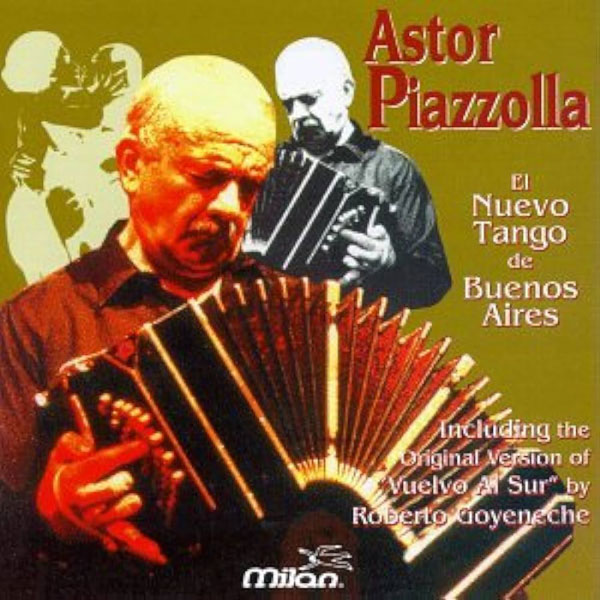 Resolved to update the tango, Piazzolla succeeded in shocking tango traditionalists by infusing his tangos with the harmonic language he had learned in Paris, — Bartok, Schoenberg, and Messiaen, with rhythms influenced by Stravinsky and by jazz, in addition to melodic innovations that many saw as severing tango from its roots. With his Quintet, he traveled all over the world, bringing the influence of jazz and contemporary “classical” music to the traditional tango. As Piazzolla himself said, “It may not be tango, but it mirrors the spirit of our city and of today’s porteño” (resident of Buenos Aires). Nuevo tango is characteristically innovative. It includes counterpoint, new rhythms, and beautiful harmonies.
Resolved to update the tango, Piazzolla succeeded in shocking tango traditionalists by infusing his tangos with the harmonic language he had learned in Paris, — Bartok, Schoenberg, and Messiaen, with rhythms influenced by Stravinsky and by jazz, in addition to melodic innovations that many saw as severing tango from its roots. With his Quintet, he traveled all over the world, bringing the influence of jazz and contemporary “classical” music to the traditional tango. As Piazzolla himself said, “It may not be tango, but it mirrors the spirit of our city and of today’s porteño” (resident of Buenos Aires). Nuevo tango is characteristically innovative. It includes counterpoint, new rhythms, and beautiful harmonies.
Nuevo tango was controversial and radical. It was rejected by tango aficionados. Argentines were shocked and appalled. This new tango was not in keeping with their beloved tradition. But it gained great recognition in the rest of the world and during the 1960’s, Piazzolla toured widely and produced some of his nuevos tangos. This was just the beginning of a very successful, prolific, and creative music career. And the traditionalists came around. Today nuevo tango is performed by the world’s best orchestras in the most elegant of theaters, and young composers walk in Piazzolla’s footsteps, creating their own nuevo tango interpretations.


